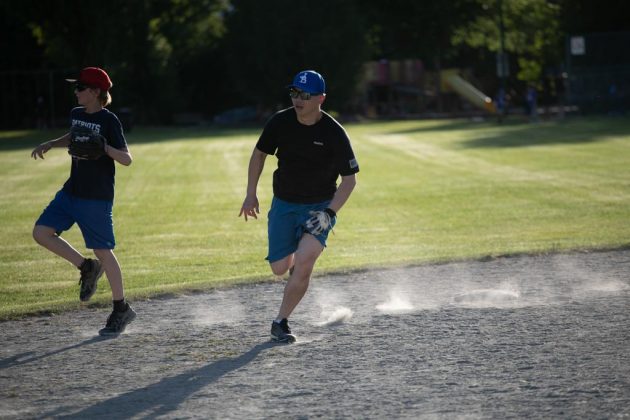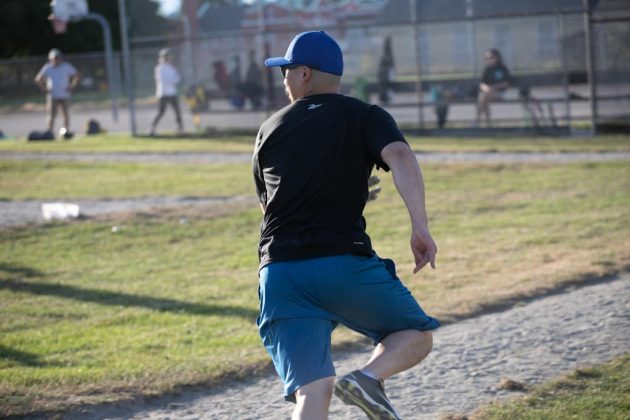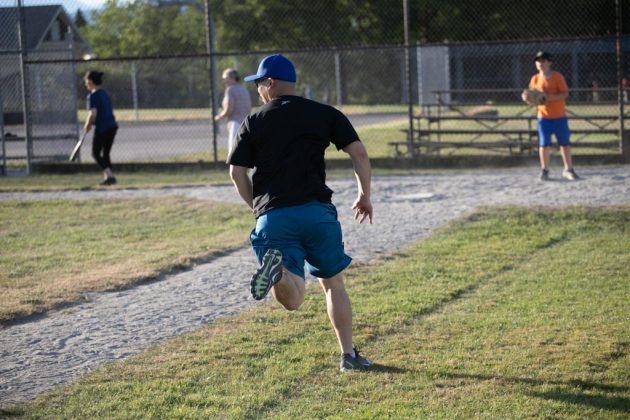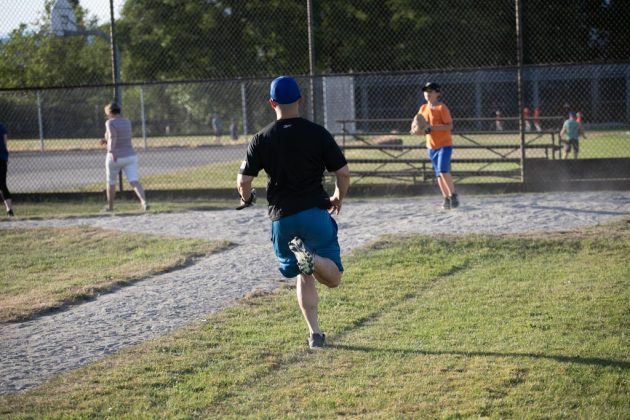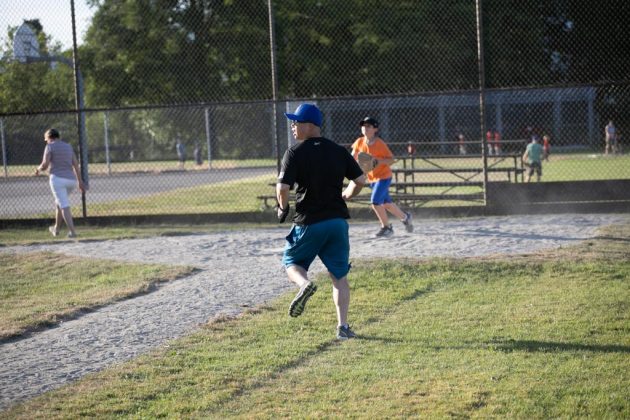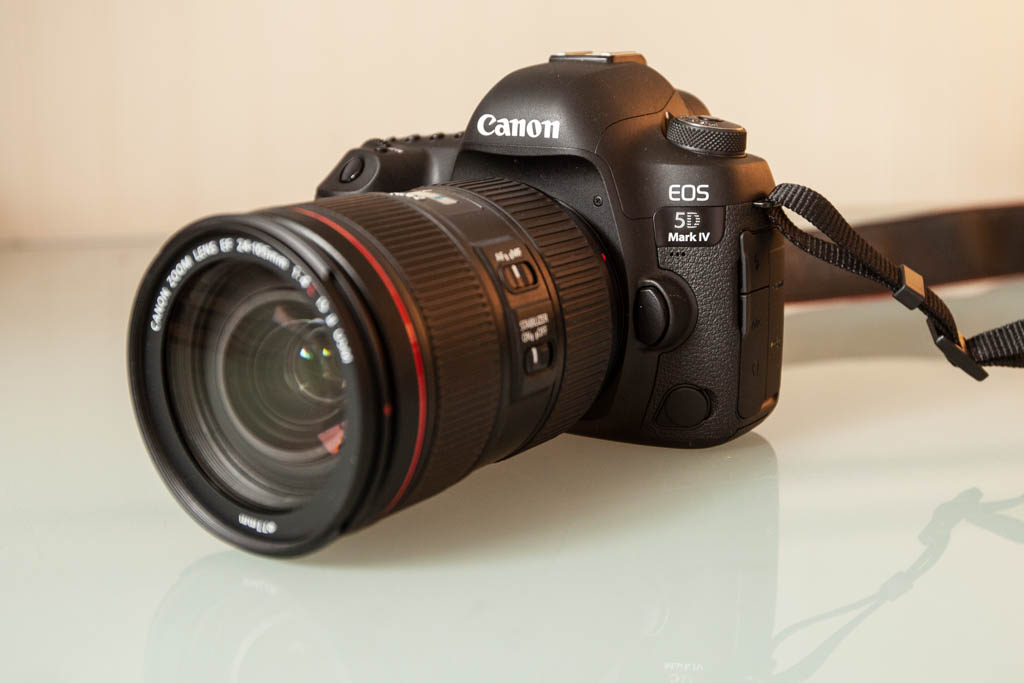
[Editor’s note: this review was made possible with the support of our partners at Ultimaxx that provided a camera for this review. For more details about Ultimaxx check their full assortment at Best Buy.]
The Canon 5D Mark IV is one of the most advanced DSLR cameras that Canon has ever produced. Today I’m reviewing the Mark IV to see just how far the 5D has come since the first model was first released 14 years ago.
The 5D Mark IV carries a new 30.4 Megapixel full-frame sensor, shoots up to 7 frames per second at a maximum ISO of 32000, comes with a touchscreen and Wi-Fi, NFC and GPS. It shoots 4K video and Full HD video at a range of frame rates and has one of the most advanced autofocus systems that I’ve ever seen.
Before I go any further though, I feel I should disclose that I am Canon shooter and have been for a long time. In fact, I still own a couple of 5D Mark II bodies which I use regularly. So while I am well qualified to put the Mark IV through its paces, I am also predisposed to seeing it in a positive light. Nevertheless, I will try to be as objective as possible.
First impressions of the Canon 5D Mark IV
DSLRs come with significantly more heft (or size and weight if you prefer) than their mirrorless cousins, and the 5D has always had a solid, weighty feel. So it was no surprise to me that the Mark IV inherits that weightiness from its predecessors. This is not a camera that you casually toss in your bag on the way out the door in case you see a photo-op. This is a camera that you pack when you mean business.
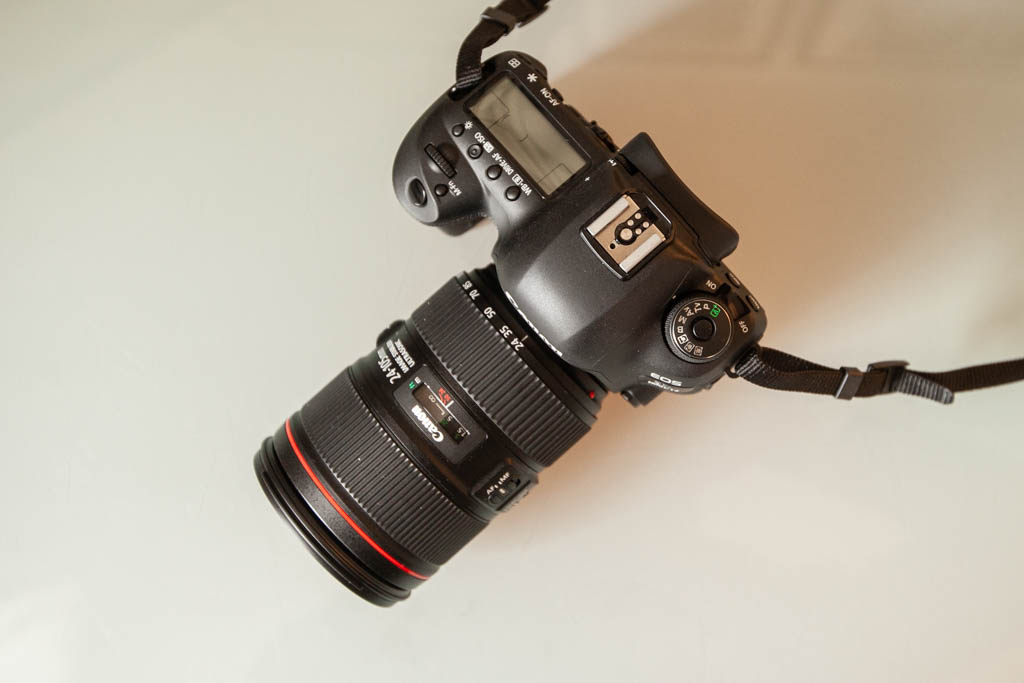
The 5D Mark IV is highly customizable
The 5D has gained some new buttons and switches since the Mark II, such as the mode lock button on the mode selection dial which prevents you accidentally changing your shooting mode, and also the dial to move between video and stills mode. All in all, I counted 8 additional buttons and switches over and above those on the Mark II. That sounds like a lot but I think Canon has done a good job of integrating them in such a way that the overall functionality is enhanced, rather than just making things cluttered. I will say, however, that I don’t feel the buttons beside the LCD are particularly useful, and these could be rethought.
Most of the controls are customizable, which means you can assign your preferred functions to them, which is truly a godsend for demanding shooters like myself. And it’s very easy to re-assign functions so you can endlessly tweak your set up till it’s exactly right for you.
Finally, a 5D with a touchscreen
The biggest surprise for me when I powered up the Mark IV was the touchscreen. It feels like this has been a long time coming but now that it’s finally here, the wait was worth it. You can now access all of the menu options through the touchscreen, and also choose your focus point when working in live view. You can even enable touch shutter which allows you to take a shot just by tapping on the screen itself.
I have to admit it took me a while to get used to being able to work through the menus by touch—I just kept forgetting I had the option! But it really did speed things up for me. It’ll be hard to revert to the Mark II standard menu.
Dual card slots
The 5D Mark IV has two card slots: one for a compact flash card and one for an SD card. It’s really handy to have the option to use different card types and to be able to take advantage of the value you can get with SD and microSD cards nowadays.
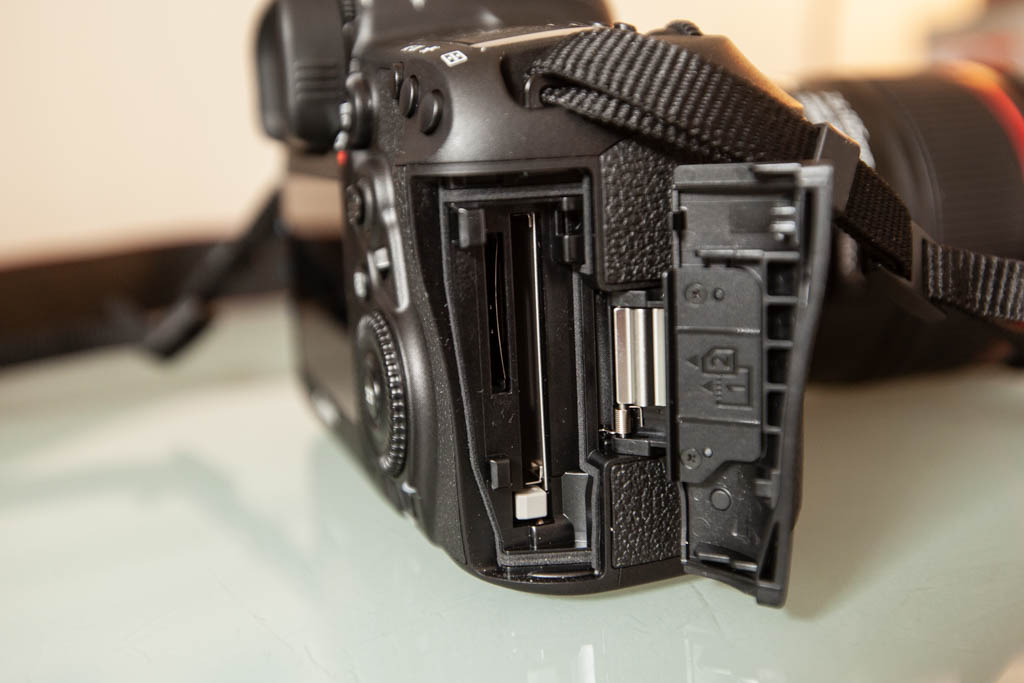
Shoot remotely with Wi-Fi
On top of the touchscreen, I am also thrilled that the 5D Mark IV is Wi-Fi enabled. There are two major benefits here; you can share your images instantly, and you can also control the camera remotely. You can change all the important settings through Canon’s CameraConnect app, even your focus point.
I feel like Canon needed those two features to keep the DSLR relevant in the age of the mirrorless camera.
Check out my recent review of the Canon RP full-frame mirrorless camera.
The 5D Mark IV is an impressive camera
In terms of performance, it’s hard to fault the 5D Mark IV. The shutter button is incredibly responsive, and I had to adjust my finger action in order to compensate. The autofocus is very snappy and precise, even in the most challenging low-light situations. I’m used to seeing the autofocus struggle in lower light, but the Mark IV never missed a shot.
Of course, I brought the camera to my son’s baseball practice, and I was very impressed with how well the focus tracked runners coming towards me at speed while I shot rapid fire in high-speed continuous mode. You can see just how reliable it was in the gallery below.
Underwhelming video features
In terms of video, the Mark IV is what you might describe as “acceptable” rather than “stellar.” Yes, it shoots 4K, but only at standard frame rates, so no slow-mos. It does shoot Full HD at up to 60fps, but nowadays videographers want to be able to shoot at 120fps to get really cinematic slow-mos. Something that will really disappoint the serious videographers, however, is that you need to pay an additional fee in order to purchase the firmware upgrade to enable log recording, something which is a must for serious filmmakers and allows them more options to post-process their footage.
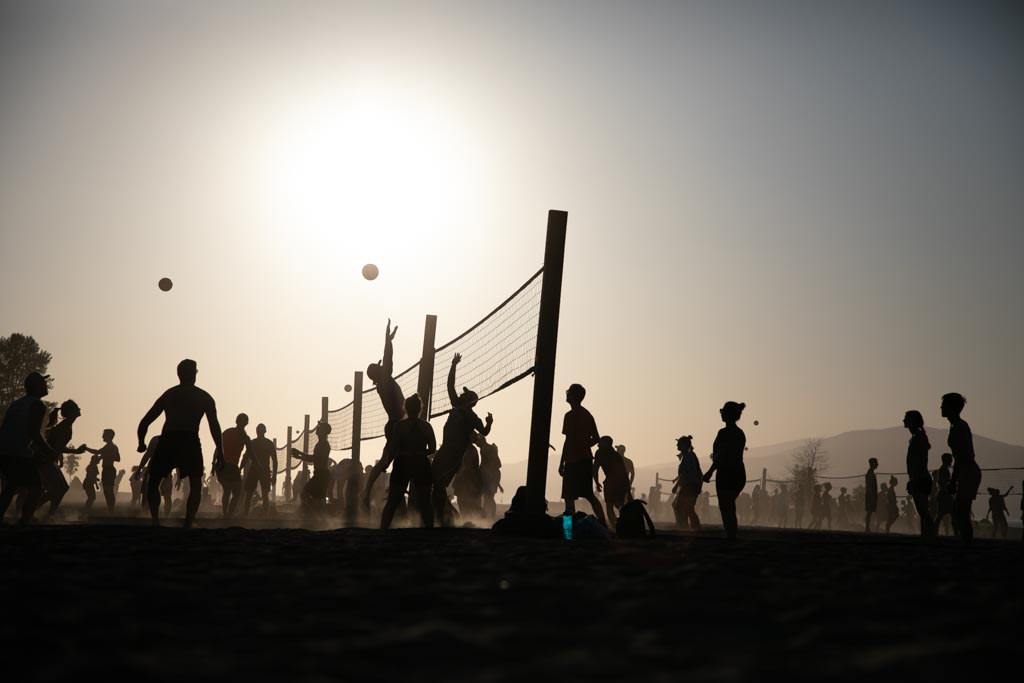
All in all, I have to say I was very, very impressed with the 5D Mark IV. It is an absolute workhorse of a camera in the 5D tradition. This is a camera that is designed to meet the needs of demanding professional stills shooters, who want the option to shoot video too. Photojournalists and wedding photographers, and anybody who works in demanding situations and needs remarkable performance and top-notch image quality are really going to appreciate all that the 5D Mark IV can do.
Bottom-line: Not for the novice. The Canon 5D Mark IV proves that DSLRs are still relevant in 2019.

